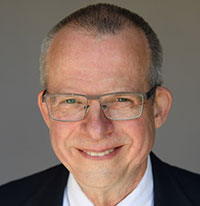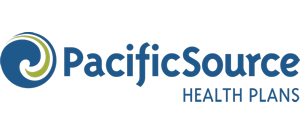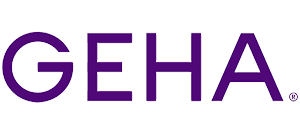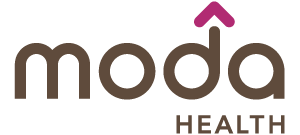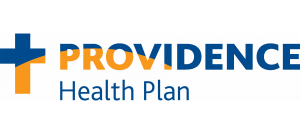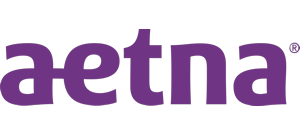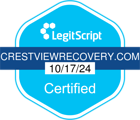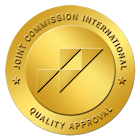If you or a loved one is struggling with addiction, Crestview Recovery can help. Crestview Recovery provides evidence-based addiction treatment for those struggling with addiction, including both inpatient and outpatient program options. We are a drug addiction rehab center in Portland, and offer treatment for stimulant addiction and related mental health concerns.
We’re not here to judge you for where you’ve been. We work to help individuals regain control of their lives and build fulfilling futures not hampered by drug abuse.

Healing Begins Here
What are Stimulants?
Many substances fall into this category. Illegal drugs like methamphetamine (meth), crack, and cocaine are considered stimulants. But stimulants are also used for legitimate medical purposes, such as in the treatment of narcolepsy and attention-deficit hyperactivity disorder (ADHD). Cocaine is used in very select medical settings to constrict blood flow or reduce pain during operations, especially for procedures in delicate locations like the throat and eyes.
However, many stimulants are classified as Schedule I or Schedule II drugs in the United States. This means that they’re heavily restricted for medical use or are considered to have no legitimate medical use. Possessing stimulants under this classification can lead to serious legal consequences.
Short and Long-Term Effects of Stimulant Use
- Increased energy
- Alertness
- Increased ability to concentrate (as perceived by the user)
- Appetite suppression
- Insomnia
- Increased feelings of anxiety
- Uplifted mood
Stimulant abuse has both short- and long-term effects on the body and mind. Short-term effects include:
- Increased energy
- Talkativeness
- Insomnia
- Mood swings
- State of euphoria
Stimulant use may cause a range of physical and mental symptoms, such as increased heart rate, agitation, anxiety, and changes in mood.
Long-term stimulant use may lead to dependence and the development of stimulant use disorder. The long-term effects of stimulant drugs may include:
- Anxiety
- Depression
- Paranoia
- Unhealthy weight loss
Most stimulants don’t have long-lasting effects. Because of that, people can be in danger of taking more drugs to stay high. This can lead to excessive drug use before the person has even realized that they’ve taken so much of a single stimulant.
Long-term use of stimulants can lead to prolonged feelings of anxiety or even panic attacks. Certain stimulants have very strong countereffects as they leave a person’s system, such as the infamous cocaine “crash.” If someone takes a high dose of stimulants, they run the risk of overstimulating their system and suffering internal damage.

Types of Stimulants
Types of stimulants include:
- Caffeine: Found in coffee, tea, energy drinks, and some medications.
- Nicotine: Present in tobacco products and e-cigarettes.
- Amphetamines: Prescribed for ADHD (e.g., Adderall).
- Methamphetamine: A powerful and often illicit stimulant.
- Cocaine: A highly addictive illegal stimulant derived from coca leaves.
- Methylphenidate: Commonly prescribed for ADHD (e.g., Ritalin).
- MDMA (Ecstasy/Molly): Often used recreationally, with stimulant and hallucinogenic effects.
Why People Become Addicted to Stimulants
People with legitimate medical needs might receive prescription stimulants from their doctors. Once their prescriptions run out, they may start to experience withdrawal effects. This can lead people to seek out illegal sources of stimulants. But this can be extremely dangerous, as the clandestine labs that manufacture stimulants illegally are not held to any universal standard of quality. Many dealers add additional substances (such as the highly dangerous fentanyl) to the stimulants they sell in order to stretch supply or produce different effects. This is often done without any disclosure to the buyer, and can easily lead to overdose.
Most stimulants produce feelings of uplift and surges of energy, which lead many to use them at parties or nightlife scenes. MDMA, also known as Molly, is a hallucinogen with notable stimulant effects popular among those in the rave music scene. But the uplifting effects of stimulants do not mean the drugs are harmless. Feeling like you “need” to ingest a drug to have a good time is a sign that you may be becoming addicted to the drug.
Cocaine has experienced recent surges in popularity among people in service industries, particularly in restaurants. A waiter or cashier might offer a coworker a “bump” to ensure they have energy to complete a brunch service, or to feel able to put on a happy face for a few more hours. In a food-loving city like Portland, this means that stimulant use can be difficult to escape.
Adderall has become infamous among college students as a drug to aid studying. The energy surge, allowing them to stay up all night, leads many to believe the drug makes them “better” at studying. But there’s no effect on cognition or memory at play. It’s just another example of people using stimulants to “enhance” performance when all that is happening is a surge of energy.
Medications designed for weight loss have been available for decades and have gone through various levels of legality. This does not always describe modern weight loss medication. But people may use stimulant drugs (such as caffeine pills) expressly to dampen feelings of hunger or to have energy for intense workouts.
Many stimulants only require a small amount to produce a feeling of uplift. This can lead many people to perceive that it’s hard to develop an addiction to stimulants, since they’re only using a small amount at a time. This is absolutely not true. The brain is still affected by the presence of stimulants, even in small amounts.
How Rehab Can Help with Stimulant Addiction
In Portland, addiction is a chronic condition. With proper therapy and help, however, people can learn to manage their cravings. Recovery from stimulant addiction takes time, and each individual’s journey is different. It is important to take adequate time and flexibility during rehab to address one’s unique needs and ensure lasting recovery.
Signs of Stimulant Withdrawal
- Fatigue
- Mood swings
- Depression
- Sleep disturbances
- Intense cravings
- Hallucinations
- Brain fog
- Sexual dysfunction
- Irritability
It’s important to know that not everyone will experience the effects of stimulants in the same ways. People with conditions like ADHD may experience dampened effects, while people with anxiety disorders may experience heightened effects with lower amounts. No matter the effects someone may experience from legal or illegal stimulants, the body is still affected and may suffer adverse effects from excessive stimulant use.
Crestview Recovery Can Help With Stimulant Addiction
At Crestview Recovery, we aim to provide the support that you can count on. This level of support includes customizing a treatment plan to meet your unique needs. We even provide gender-specific programs. Some of the other services that we offer include:
Recovery is a process that happens step by step. Take the first step toward recovery and take the first action to regain control of your life. Don’t feel like you have to deal with this disease alone. Get help at a stimulant drug addiction rehab center. Reach out to us today for more information.

